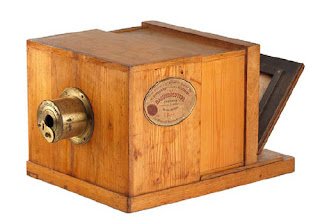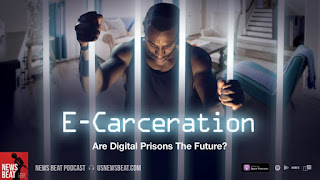Twenty “missionaries” killed in the world in 2020
Twenty “missionaries” killed in the world in 2020 The Vatican’s news agency has drawn up a list of pastoral workers, men and women they describe as “missionaries”, who were killed in the world during 2020. By Vatican News staff writer The annual list says that the 20 “missionaries” killed include 8 priests, 1 male religious, 3 nuns, 2 seminarians and 6 lay people. Fides uses the term "missionary" for all the baptized, aware of what Pope Francis explains in his Apostolic Exhortation, Evangelii gaudium: “In virtue of their baptism, all the members of the People of God have become missionary disciples.” In fact “Every Christian,” the Pope says, “is a missionary to the extent that he or she has encountered the love of God in Christ Jesus: we no longer say that we are ‘disciples’ and ‘missionaries’, but rather that we are always ‘missionary disciples’”. The highest number of casualties this year were in the Americas, with 5 priests and 3 lay people killed. Africa comes next...


